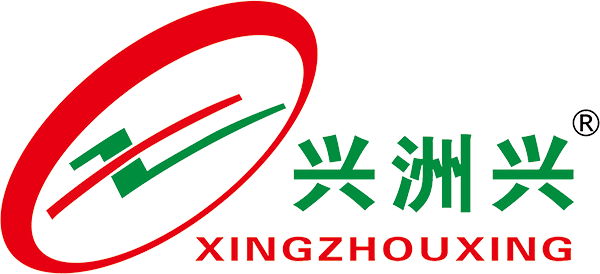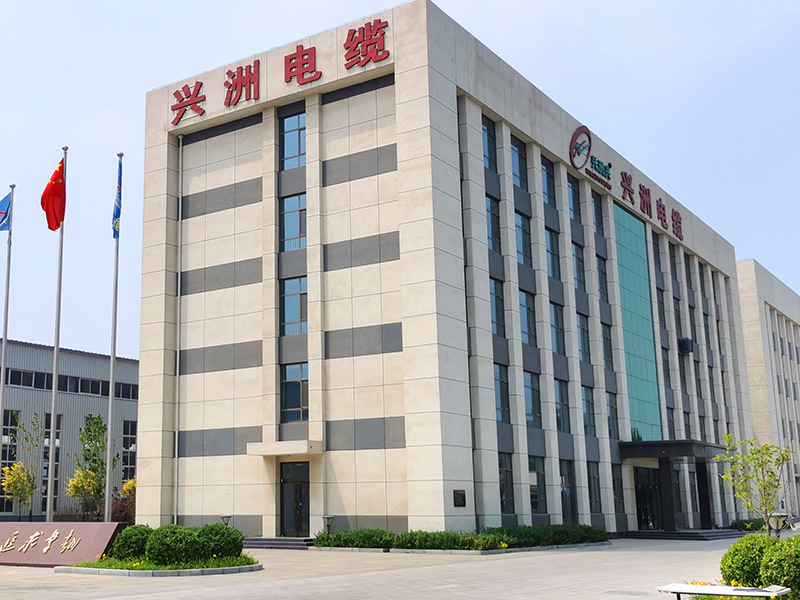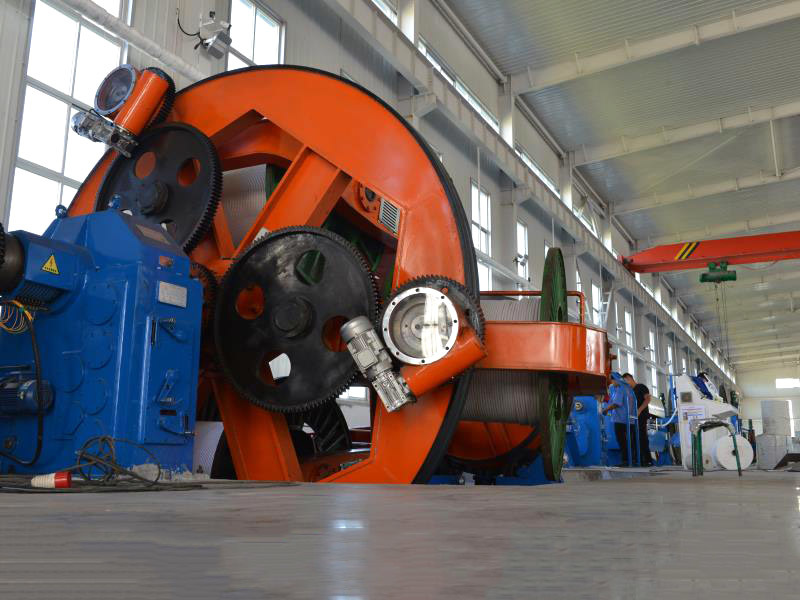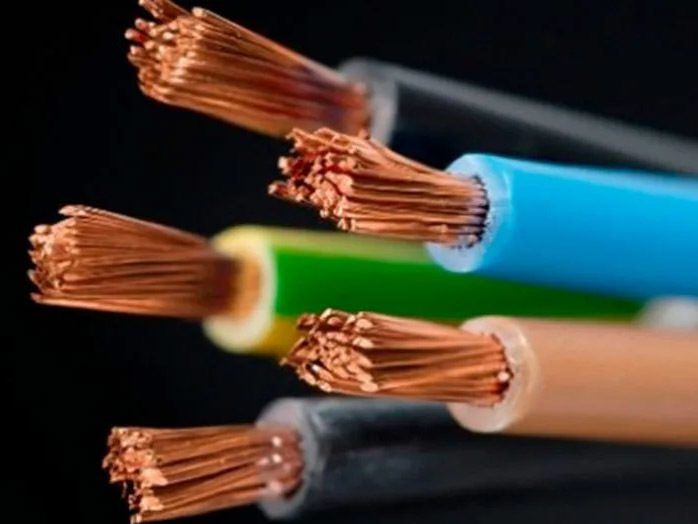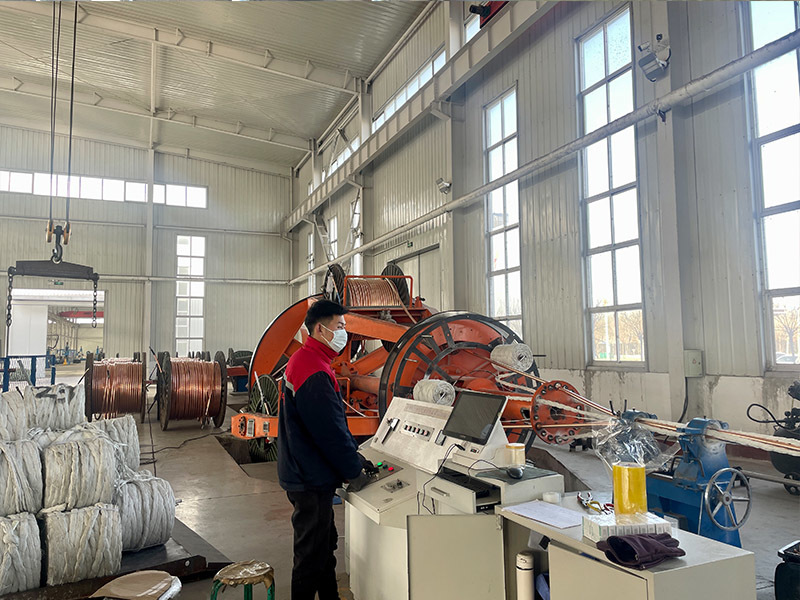The development trend of environmentally friendly cables is irreversible.
Eco-friendly cables are characterized by their non-toxic (or low-toxic) nature to humans and the environment, non-polluting properties, high safety and reliability, longer service life, and a circular economic model that facilitates easy disassembly and recycling.
Currently, representative green and environmentally friendly cables at home and abroad mainly include flame-retardant cables and fire-resistant cables. Compared with conventional cables, these cables have higher added value and therefore higher profits. Therefore, the research and development and production of environmentally friendly cables may enable enterprises to move from the low-to-mid-range product market to the mid-to-high-end product market, and the efficiency of enterprises will also be improved.
With the increasing environmental protection requirements of countries around the world, international environmental laws and regulations are also increasing and becoming increasingly stringent. Taking the RoHS directive formulated by the European Union as an example, if wire and cable products cannot pass this certification, it means that they cannot enter the European market. In order to obtain product export opportunities, foreign countries are continuously reducing the production of conventional cables and replacing them with environmentally friendly cables.
Currently, environmental issues have received increasing global attention, which will greatly stimulate the demand growth for environmentally friendly wires and cables. Compared with conventional cables, with higher profits, the development trend of environmentally friendly cables is irreversible.
Tag:
Recommended News
Methods for testing the insulation strength of insulated wires and cables
Distinguishing between power cables and control cables requires attention to the following points
Xingzhou Cable explains the difference between flame-retardant cables and fire-resistant cables

